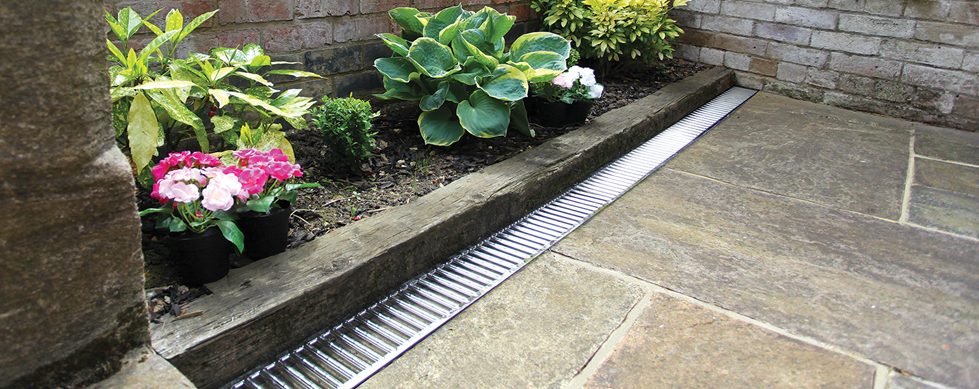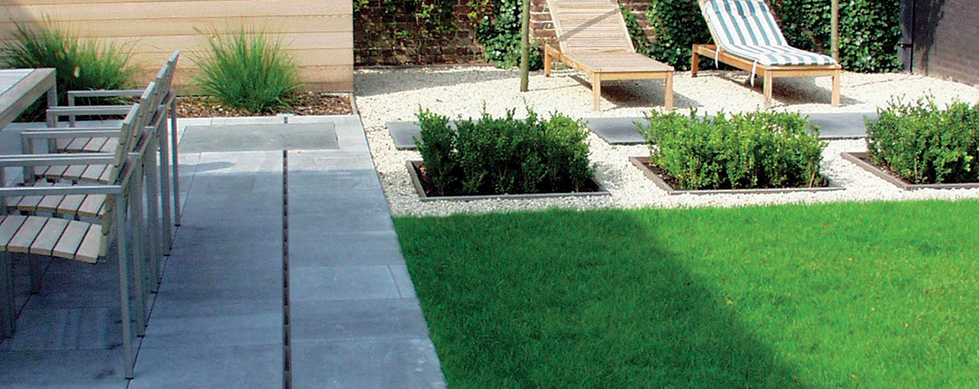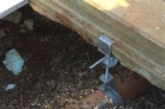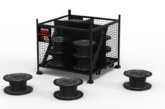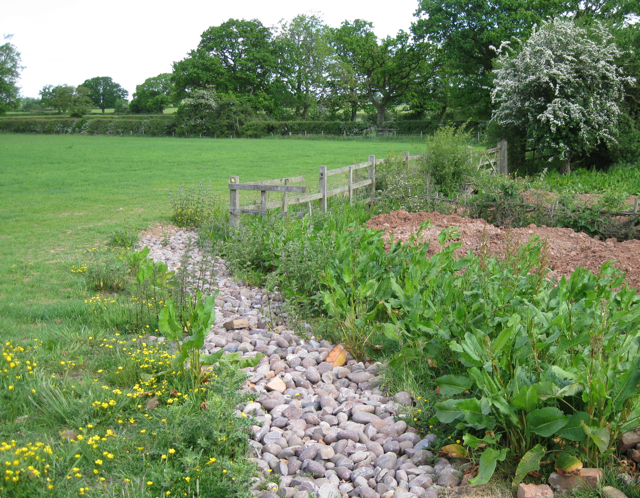
From waterlogged lawns to pooling on patios, inadequate drainage can cause both damage and distress. Jack Knight from online builders’ merchant Drainage Superstore, part of CMO Group PLC, discusses how different drainage solutions can help property developers and housebuilders successfully weather the storms.
With the UK experiencing longer and heavier spells of rain, localised flooding is a major concern and many homes, both new and old, can suffer from the effects of poor surface drainage. Although we can’t control the weather, there are steps that can be taken to identify and remedy potential drainage issues to avoid long term problems and costly repair bills.
Understand the lay of the land
Heavy and prolonged rainfall is not the only contributing factor to poor drainage. Location can be a key factor and many houses are built on clay soil which can quickly become waterlogged. Similarly, houses located at the bottom of a hill, valley, slope or incline are naturally more susceptible to drainage problems so are likely to require a more robust solution.
New extensions, particularly those with deeper underground foundations, can also minimise the effectiveness of any existing drainage that may be in place. So too can poor maintenance. A blocked gutter or a drainage channel clogged up with debris can be easily fixed but can cause costly problems if ignored.
Do regular checks
Poor drainage can lead to serious flooding and standing water on lawns, paved areas and particularly in areas close to external walls of a property should always be investigated. Does the lawn become boggy and remain waterlogged even after a few hours? If so, this is a sign that surface water is not draining away quick enough. Are the grass, plants or trees not thriving as expected? This could indicate that there is too much moisture in the soil. Is there significant damp, mould or even water in a basement or cellar? These can all point to drainage problems but fortunately, there are a number of solutions available.
Drive away surface water
Although lawns have a natural ability to absorb water, patio, driveways and other paved areas don’t and so it’s important to factor in drainage from the outset to avoid the problem of pooling surface water.
Although all paving should be laid at a sight slope to allow water to drain away, you may need to consider installing channel drainage, particularly if there aren’t any bordering flower beds or lawn to direct the water to, or if these areas themselves are at risk of being over saturated. Channel drainage offers a discreet and compact design, with an enclosed channel gully beneath a grate, making it ideal for patios and driveways.
As liner channel drainage systems drain water along their entire length rather than at just one point, they can be used to border paved areas or in the middle of paths – but they must be positioned so that water will flow towards them.
Another key consideration is the weight rating as the system specified must be able to withstand footfall and parked vehicles. B125 channel drainage systems are mostly used for domestic driveways as they can support up to 12.5 tonnes and easily accommodate large family cars. For communal car parking spaces, C250 channel drainage systems are better suited as they can support weights of up to 25 tonnes and light traffic flow.
Getting to grips with groundwater
Sometimes surface water may appear to drain away but is stagnating just below ground level, increasing the risk of localised flooding during heavy rainfall and groundwater damaging the foundations of a property. A popular solution here is the use of a French drain. This solution involves digging a small trench to a gradient, laying a pipe and then back filling with woven landscape fabric and decorative aggregate. With many older houses having inadequate drainage, installing a French drain near external walls can help alleviate damp problems but as older properties can also often have shallower foundations, extra care should be taken and all planning requirements met before any work commences.
Go with the flow?
There are numerous drainage solutions available to help rid gardens and driveways of standing water but only a few choices in terms of where this excess water can be directed to – and it’s essential that you get this right. Surface water, which is rain collected via roofs and drains, must be never mix with foul or grey water, such as from toilets, sinks and washing machines. This is to avoid both contamination and flooding.
Any new system that is put in place should connect to the existing surface water drains on your property, which then join the public storm drains. If in doubt, always check with the local authority first as you could face a fine if you discharge surface water from your property into the wrong sewer system.
An alternative solution is the use of soakaway, and this is particularly effective on remote properties that aren’t connected to an appropriate public sewer or those that are likely to flood and potentially overload the main system. Essentially a soakaway is created by digging a trench and filling it with modified plastic crates, rather than rubble, through which surface water slowly drains and percolates back into the earth. They are robust, sustainable and can even give a health boost to garden turf.
Ask the experts
Whether you are looking for a bespoke drainage solution for a renovation project, a sustainable urban drainage system (SuDS) for a new build development, or just need help navigating Approved Document H of the Building Regulations, it’s always best to seek specialist advice from a drainage specialist.

